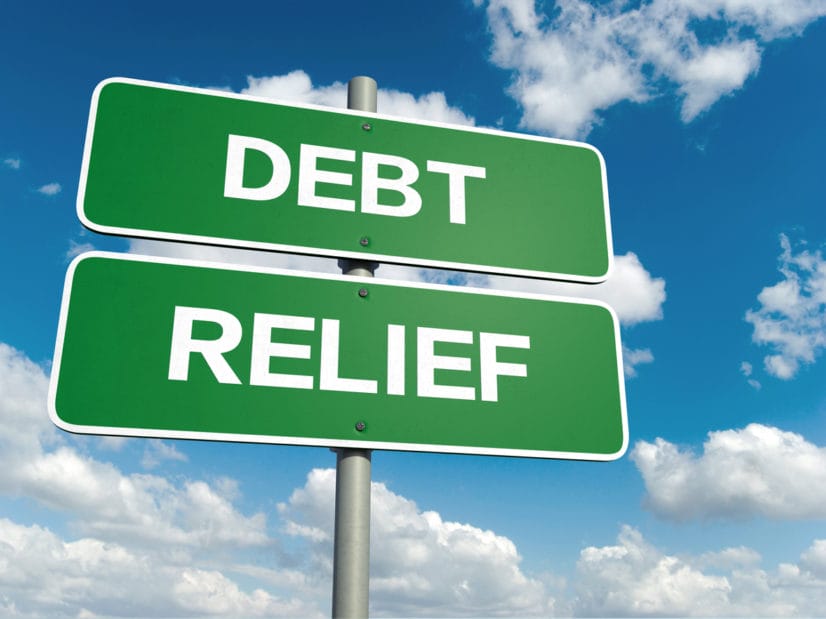Consumer debt reached $12.84 trillion in the second quarter of 2017, surpassing the previous all-time high of $12.68 trillion in 2008 by $164 billion, the Federal Reserve Bank of New York reports in its Quarterly Report on Household Debt and Credit. The report, released earlier this month, marks the 12th consecutive quarterly increase. A rise in mortgage debt, credit card debt and auto loans are the driving forces behind the upsurge, the Federal Reserve Bank of New York reports.
This marks Optio’s third recent article concerning increasing debt — mostly credit cards, auto loans and mortgages — coupled with rising delinquencies, and the potential fallout that could adversely affect them. To review the American Bankers Association’s Consumer Credit Delinquency Bullet and the Federal Reserve’s G.19 Consumer Credit report, view our previous article here.
“Of the $612 billion of debt that is delinquent, $411 billion is seriously delinquent (at least 90 days late or “severely derogatory),” the report states. As consumer debt and seriously delinquent consumer accounts continue to rise, the Optio editorial team examines the current trends of U.S. household debt.
Mortgage Debt
 Mortgage balances constitute the greatest portion of consumer debt with 68 percent. Q2 2017 observed a $64 billion increase totaling $8.69 trillion as of June 30. Key findings on mortgage debt from the Federal Reserve Bank of New York’s report include:
Mortgage balances constitute the greatest portion of consumer debt with 68 percent. Q2 2017 observed a $64 billion increase totaling $8.69 trillion as of June 30. Key findings on mortgage debt from the Federal Reserve Bank of New York’s report include:
- New mortgage balances and refinanced mortgages totaled $421 billion, down from $491 billion.
- Delinquency transition rates of current mortgage balances remained at 1 percent, with a slight increase of 12.8 percent of delinquent accounts transitioned to over 90 days delinquent.
- Roughly 85,000 consumers received a new foreclosure notation on their credit report.
- The median credit score of new mortgage loan borrowers fell to 754.
Auto Loan Debt
Auto loan balances rose by $23 billion, maintaining a six-year growth trend. Auto loan originations hit $148 billion while the median credit score for new auto loan borrowers dropped 8 points to 698. Delinquency rates rose with 3.9 percent of delinquent accounts shifting to 90 or more days delinquent on June 30.
Credit Card Debt
As of Q2 2017, credit card debt holds 6 percent of total consumer debt at $784 billion. Credit card debt rose $55 billion from 2016 and $20 billion from Q1 2017. “About 224,000 consumers had a bankruptcy notation added to their credit reports in 2017 Q2,” the Federal Reserve Bank of New York stated.
Inside Consumer Debt Delinquency Rates
 Auto loans, mortgages and student loan delinquency rates grew slightly while credit card rates rose considerably in the second quarter. In total debt balance per capita by state, California currently tops the charts at roughly $70,000 while Ohio holds the lowest at around $35,000. The national average is near $50,000. Nevada and Florida possess the highest delinquency status of debt balances per capita by state while Ohio has the highest quarterly transition rate into 30 and 90 days delinquent. Additional data by state reveals:
Auto loans, mortgages and student loan delinquency rates grew slightly while credit card rates rose considerably in the second quarter. In total debt balance per capita by state, California currently tops the charts at roughly $70,000 while Ohio holds the lowest at around $35,000. The national average is near $50,000. Nevada and Florida possess the highest delinquency status of debt balances per capita by state while Ohio has the highest quarterly transition rate into 30 and 90 days delinquent. Additional data by state reveals:
- New York residents accrued the most mortgage debt that is 90-plus days late, followed by Florida and New Jersey.
- The top four states with new bankruptcies are Ohio, Illinois, Nevada and Michigan.
- The top four states with new foreclosures are New Jersey, Illinois, Ohio and Pennsylvania.
Student loans exceed all categories for delinquency rates, nearing 11 percent for 90-plus days delinquent with credit card debt at around 7 percent, auto loans hitting 4 percent and mortgages at roughly 1 percent. Transitioning into serous delinquency, student loans rose to 10 percent while credit card debt, auto loans and mortgages all remained under 5 percent. In addition, student loans inched towards 10 percent for transition rates of 30-plus days delinquent with auto loans at 7.5 percent, credit card debt at around 6 percent and mortgages climbing to 4 percent.
Effective Debt Collection Strategies
Delinquent accounts, regardless of amount owed, negatively impact businesses. Successful in-house debt collection efforts may exceed company resources due to the time, energy and finances required. Offloading the collections process to a debt collection agency will allow companies to focus on business-building while experiencing optimal collection results.
Optio Solutions provides effective first- and third-party collection services at affordable rates. The best-in-class agency is committed to offering clients measurable results, state-of-the-art technology, the finest data security and brand protection, enhanced consumer relationships, and 24/7/365 access to secure account information. Businesses considering outsourcing collections or those searching for a replacement agency may contact Optio today to learn more on how our agency can assist in your collection goals.







